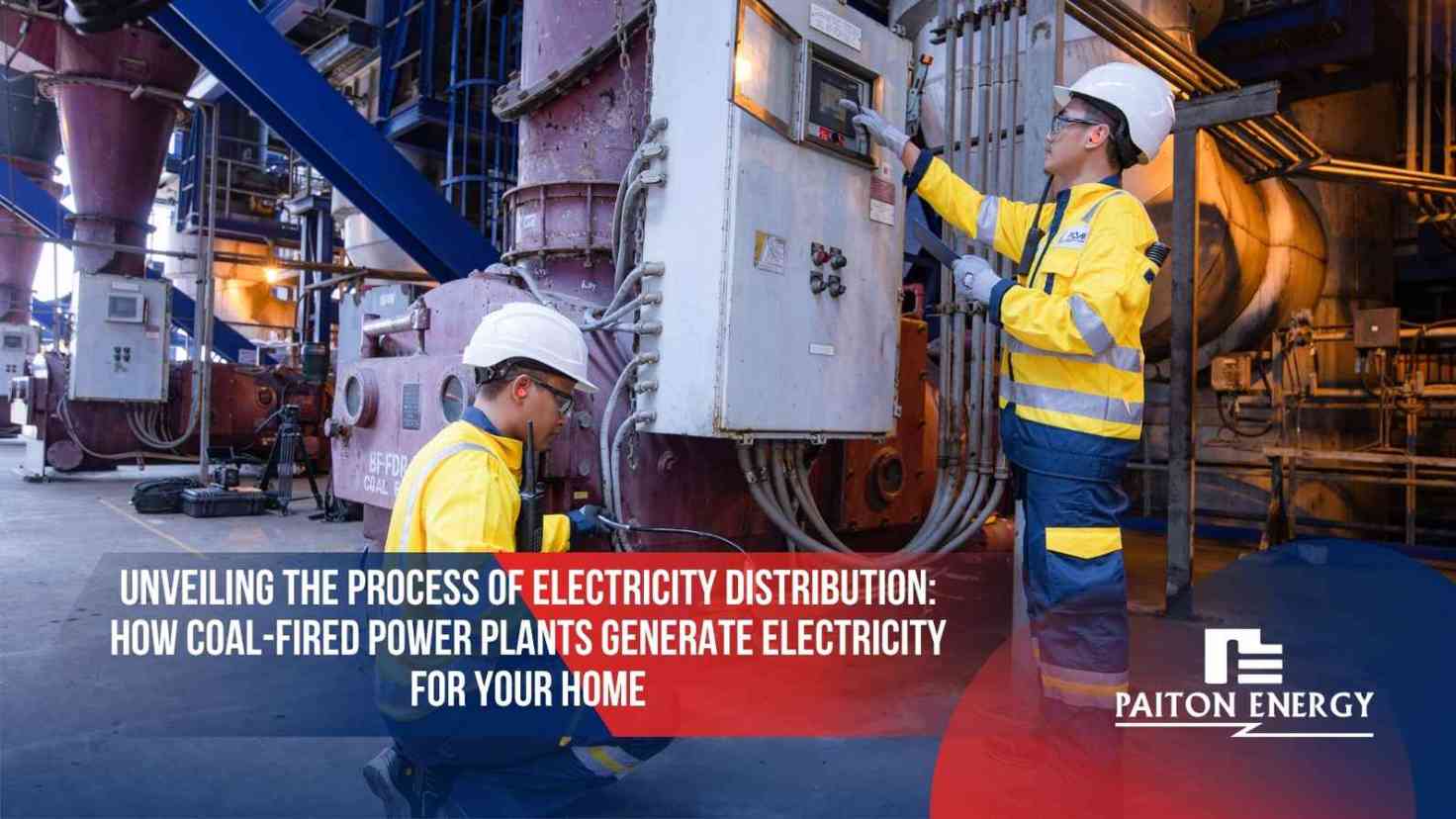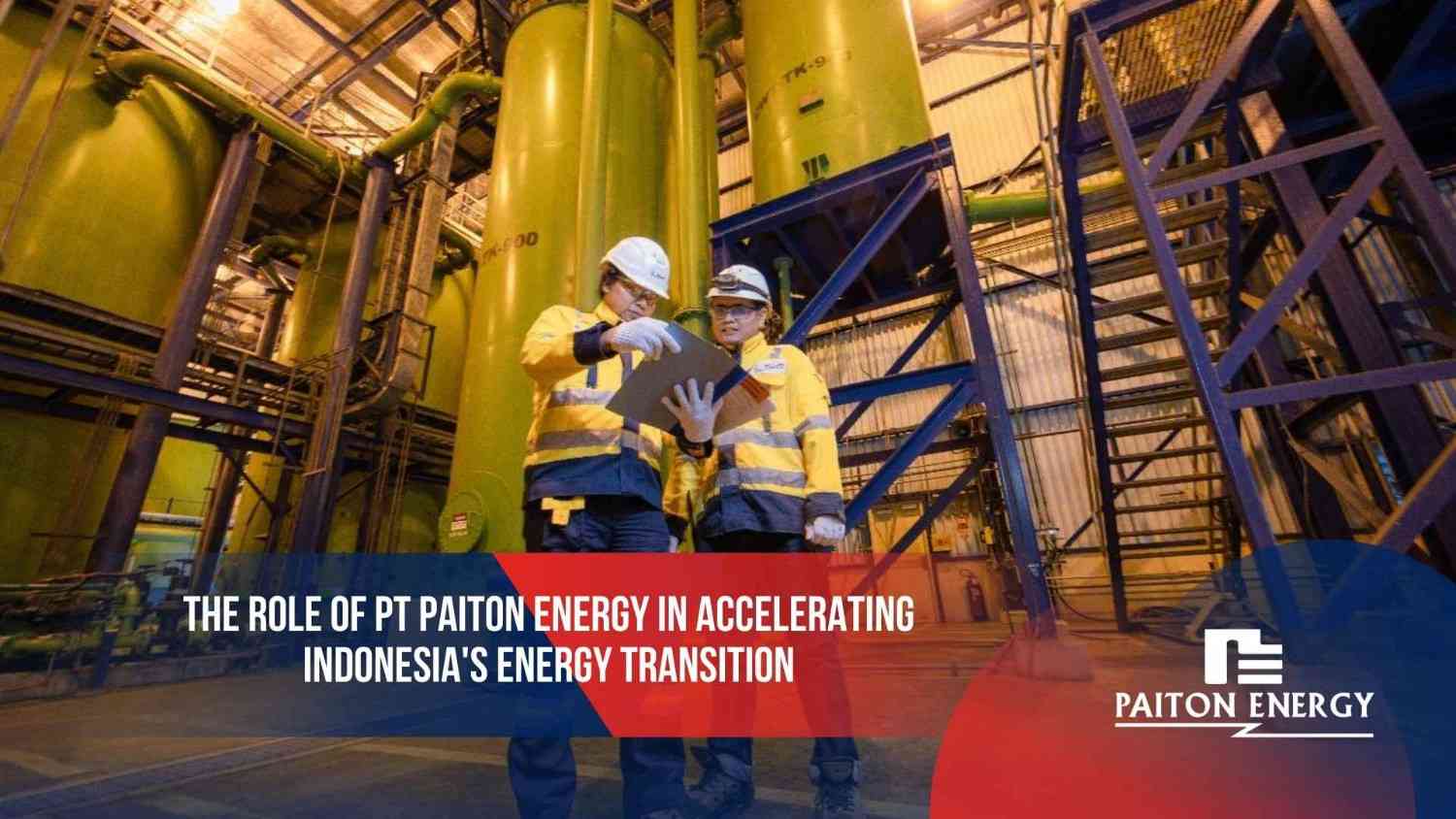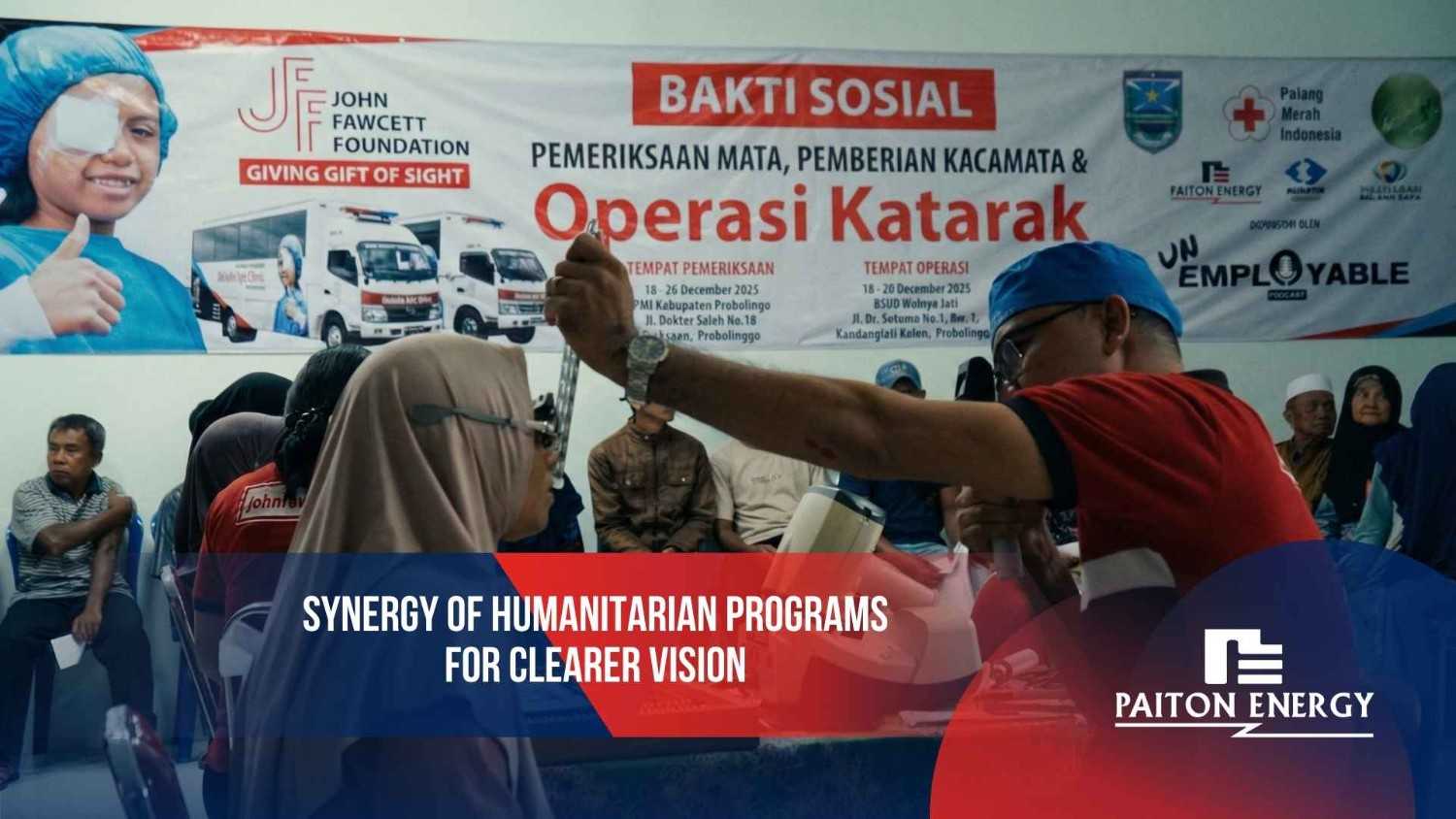Coal-Fired Power Plants (PLTU) remain a cornerstone of energy supply in Indonesia. As a country with ever-growing electricity demands, public understanding of how electricity is generated and distributed is becoming increasingly essential.
This article provides not only a fundamental explanation of how coal-fired power plants operate in Indonesia but also fosters awareness of the importance of energy efficiency and environmental sustainability.
Basic Principles of Energy Conversion in PLTU
PLTUs operate based on a multi-stage energy conversion principle, where energy is transformed from one form to another until it becomes electrical energy.
Generally, the energy conversion process in PLTUs involves three main stages: first, the chemical energy in fuel is converted into heat energy; second, that heat energy is transformed into mechanical energy; and finally, the mechanical energy is converted into electrical energy.
- Converting Chemical Energy into Heat
The initial stage begins with the combustion of coal in a boiler. This process transforms the chemical energy stored in the coal into heat energy. The heat generated is used to boil water into high-pressure, high-temperature steam.
- Converting Heat Energy into Mechanical Energy
Pressurized steam is directed into a steam turbine. Here, the pressure and temperature of the steam cause the turbine blades to rotate, capturing energy from the steam flow and converting it into mechanical energy in the form of turbine rotation.
This turbine rotation is central to the process of electricity generation, as it is this mechanical motion that is subsequently utilized to produce electrical energy.
- Converting Mechanical Energy into Electrical Energy
The rotating turbine shaft is directly connected to a generator. Inside the generator, the principle of electromagnetic induction is applied, converting the mechanical energy from the turbine into electrical energy.
The final output of this process is electricity, ready to be transmitted through the national distribution network.
Closed-Loop Operation in PLTU
One of the key advantages of PLTU systems is the use of a closed-loop cycle. After the steam passes through the turbine, it is cooled in a condenser and transformed back into water, known as condensate.
This water is then pumped back into the boiler to be reheated, creating a continuous and efficient cycle.
Understanding this mechanism is crucial for public education on environmentally friendly and sustainable electricity generation. Additionally, the reuse of condensate water reduces the need for fresh water, indirectly supporting water resource conservation.
The Process of Electricity Distribution to Consumers
Once electricity is generated by the generator, the next challenge is its efficient delivery to homes and industries. This is where the electricity distribution process plays a critical role.
The first step in the process of electrical energy transmission is increasing the voltage produced by the coal-fired power plant (PLTU) using a Generator Step-Up Transformer (GSUT) before it is delivered to the Extra High Voltage Substation (GITET). High voltage is essential to ensure long-distance electricity transmission is more efficient and experiences minimal power loss.
From GITET, electricity is transmitted through High Voltage Transmission Lines (SUTT) and Extra High Voltage Transmission Lines (SUTET) to distribution substations.
At the distribution substations, the voltage is stepped down to safer levels suitable for residential and commercial use. This distribution network represents the final stage of the electricity delivery process, ensuring that electricity can be used safely and reliably by the public.
Understanding these stages helps people recognize that the electricity they use daily undergoes a long and complex journey—from generation to powering household electronic devices.
PT Paiton Energy: A Real-Life Example of Large-Scale Energy Conversion
One of the key players in Indonesia’s power generation industry is PT Paiton Energy, which operates three coal-fired power units at the Paiton Complex in Probolinggo, East Java.
With a total capacity of 2,045 MW, the company supplies approximately 6% of the total electricity capacity in Java and contributes around 13,500 GWh annually equivalent to 10% of the annual electricity consumption in the Java-Bali region.
PT Paiton Energy not only plays a crucial role in electricity generation but also ensures that electricity distribution is carried out efficiently. Through a long-term partnership with PT PLN (Persero), PT Paiton Energy helps maintain reliable and sustainable electricity availability for the Indonesian population.
Furthermore, the company is committed to environmentally friendly operations, energy efficiency, and social responsibility. Through various social initiatives and public education programs, PT Paiton Energy actively contributes to raising public awareness about the importance of energy and the processes behind its use.
Public Education: A Key to a Better Energy Future
With the growing national electricity consumption, public understanding of the electricity generation and distribution process is more vital than ever. Public education can raise awareness about the importance of responsible electricity use and encourage support for sustainable and efficient energy solutions.
Through a complex yet efficient energy conversion system, coal-fired power plants remain a strategic solution in meeting the nation’s energy needs. However, the success of this system also depends on how well the public understands and appreciates each step of the process.
As part of our shared responsibility, let us enhance our understanding of how electricity is generated and support the optimization of the electricity distribution process for a brighter, more sustainable, and energy-independent future.




